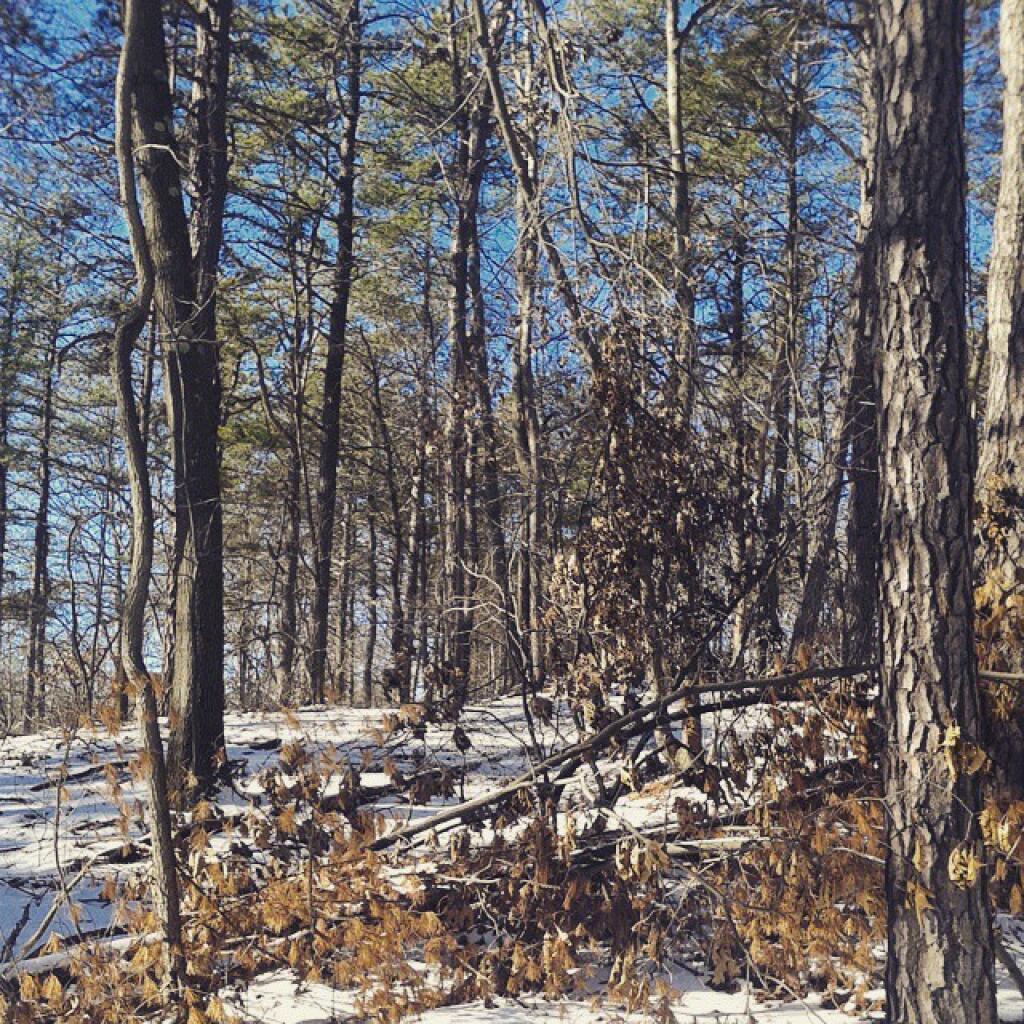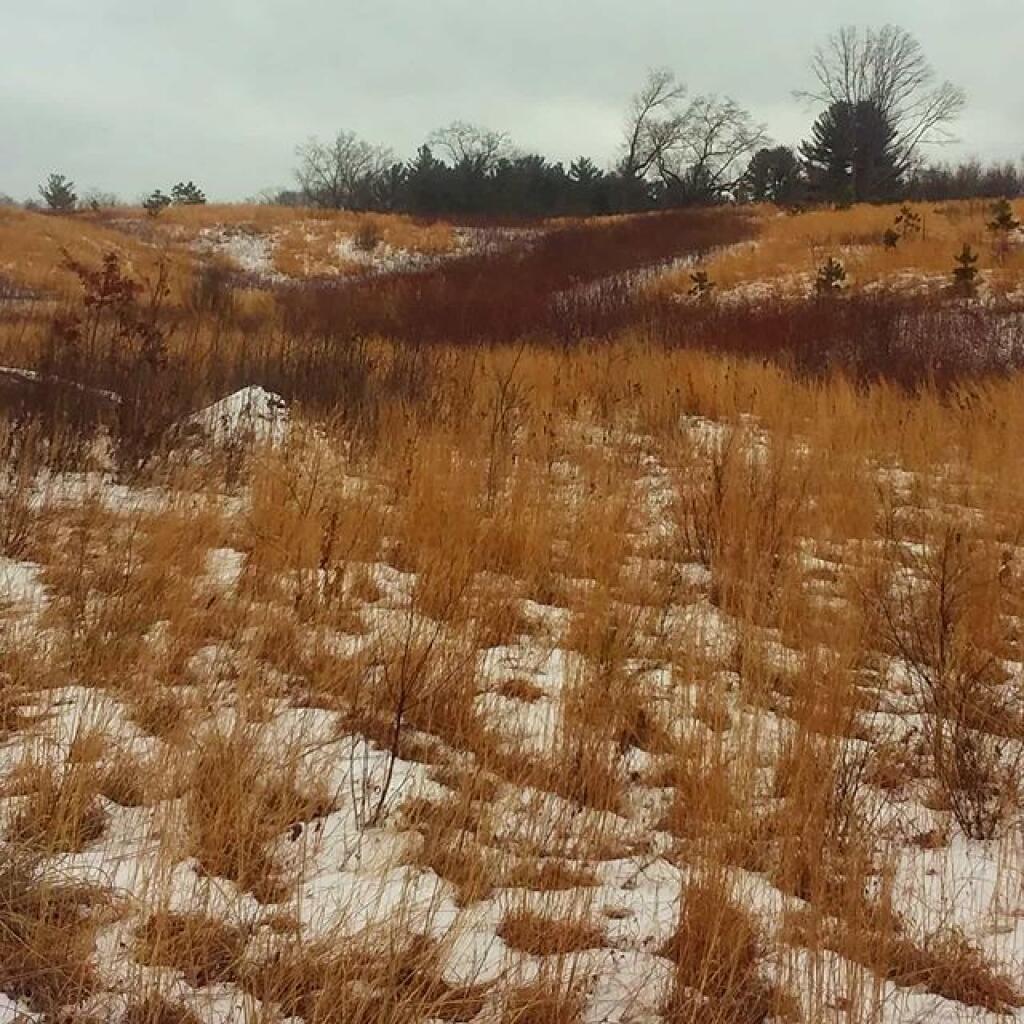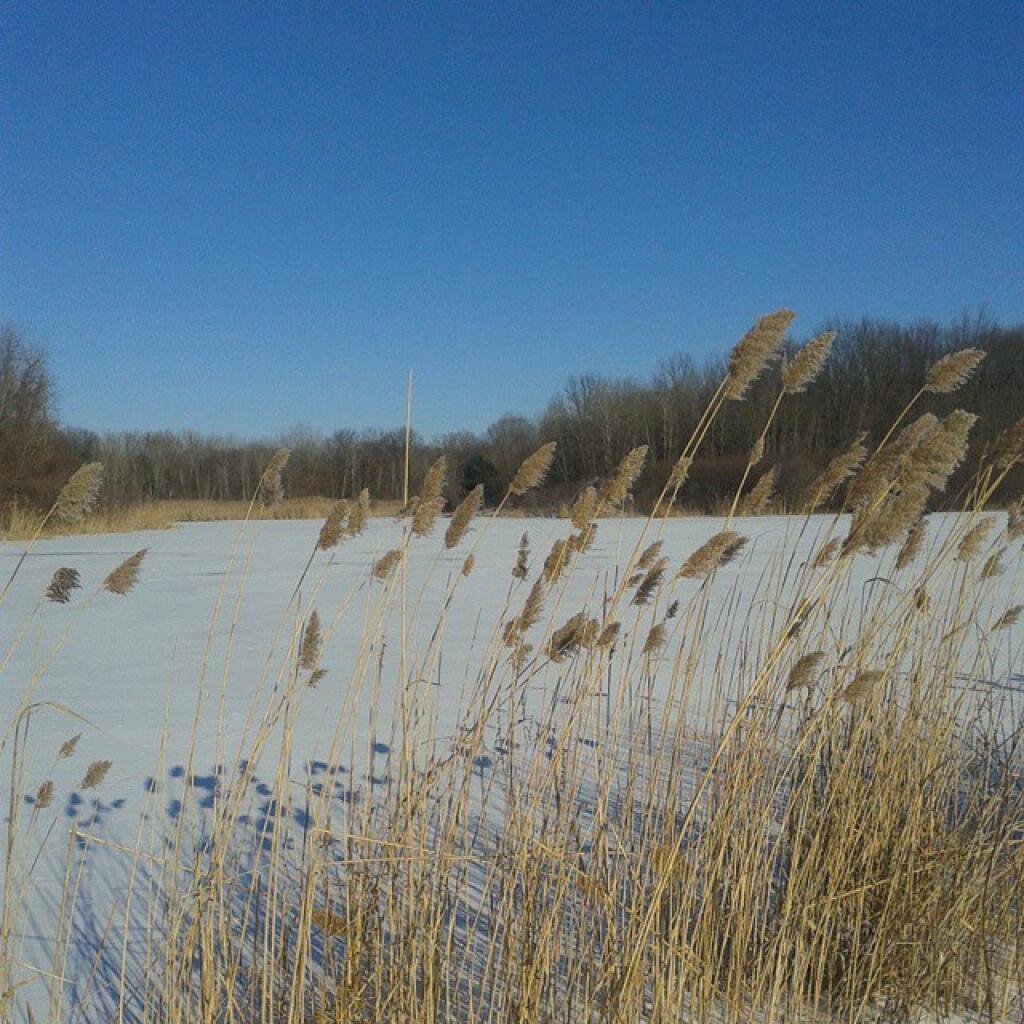Albany Pine Bush
Clearing a Bit Midday
Parts of the new trail are quite rugged
Dune
Winters colors
Cattails along the pond
Rapp Road Historic District – 1952 vs 2018
"The Rapp Road Historic District (RRHD) is a cluster of 23 homes built by African Americans who migrated predominantly from Shubuta Mississippi as part of the Great Migration (1927 to 1963). During this time span, 23 families chose to build their homes and raise a family in the Pine Bush section of Albany." More information: https://rapproad.wordpress.com/about-us/rapp-road-historic-district/ The 1952 aerial photo was MapWarper by Richard Welty. https://mapwarper.net/maps/44102





